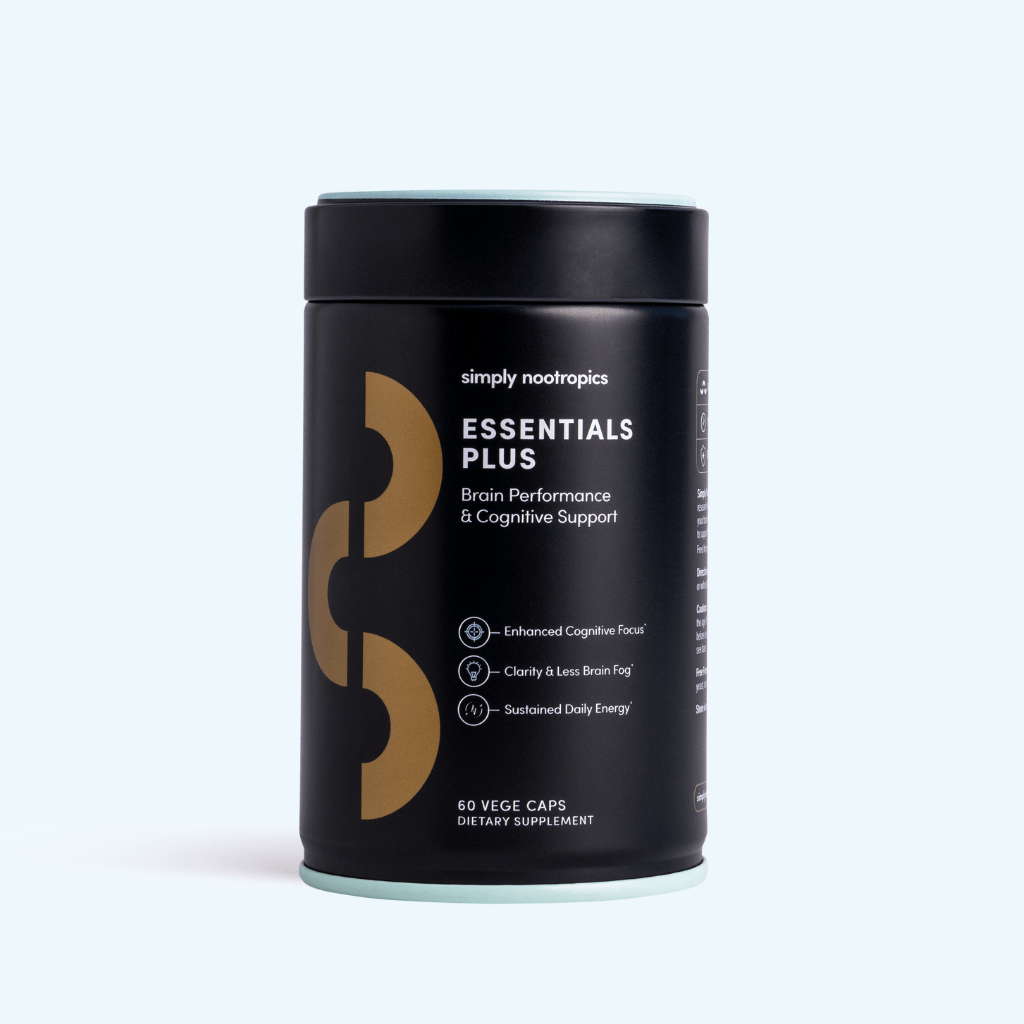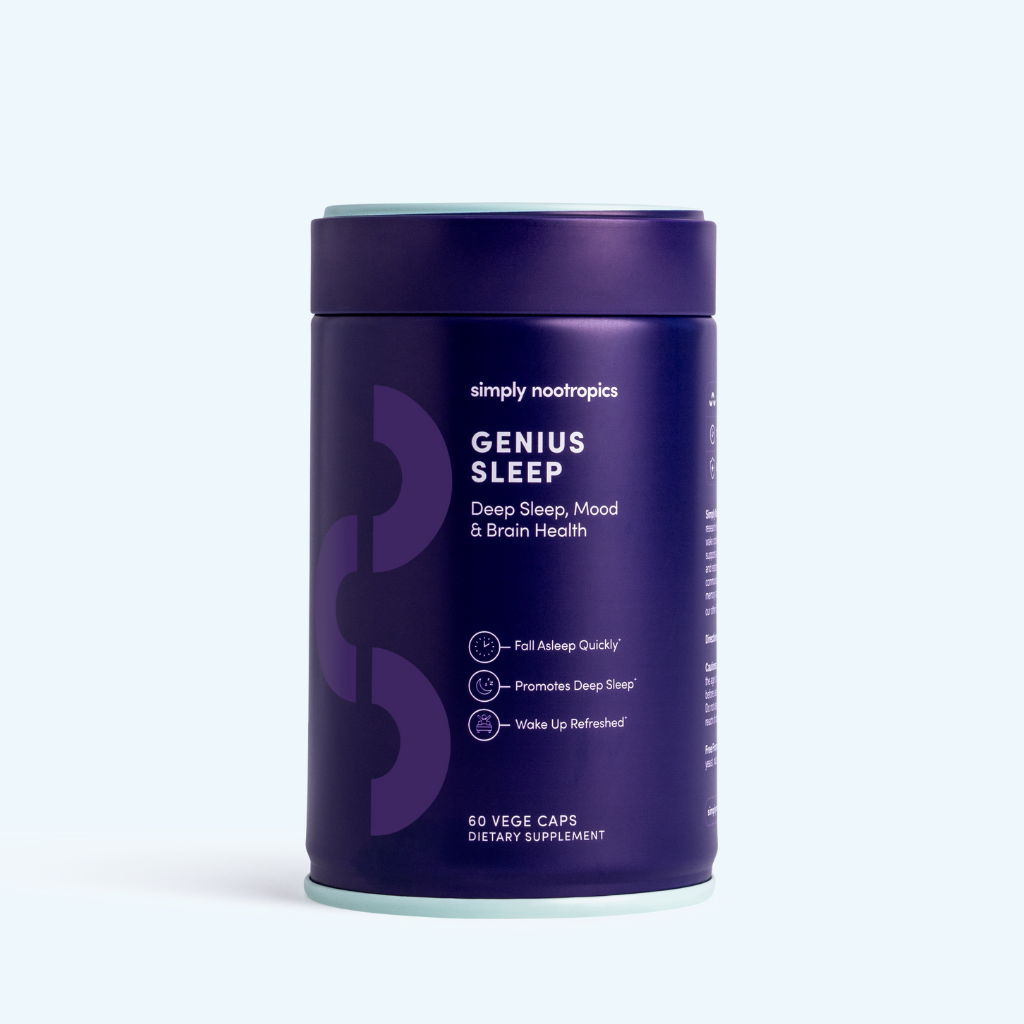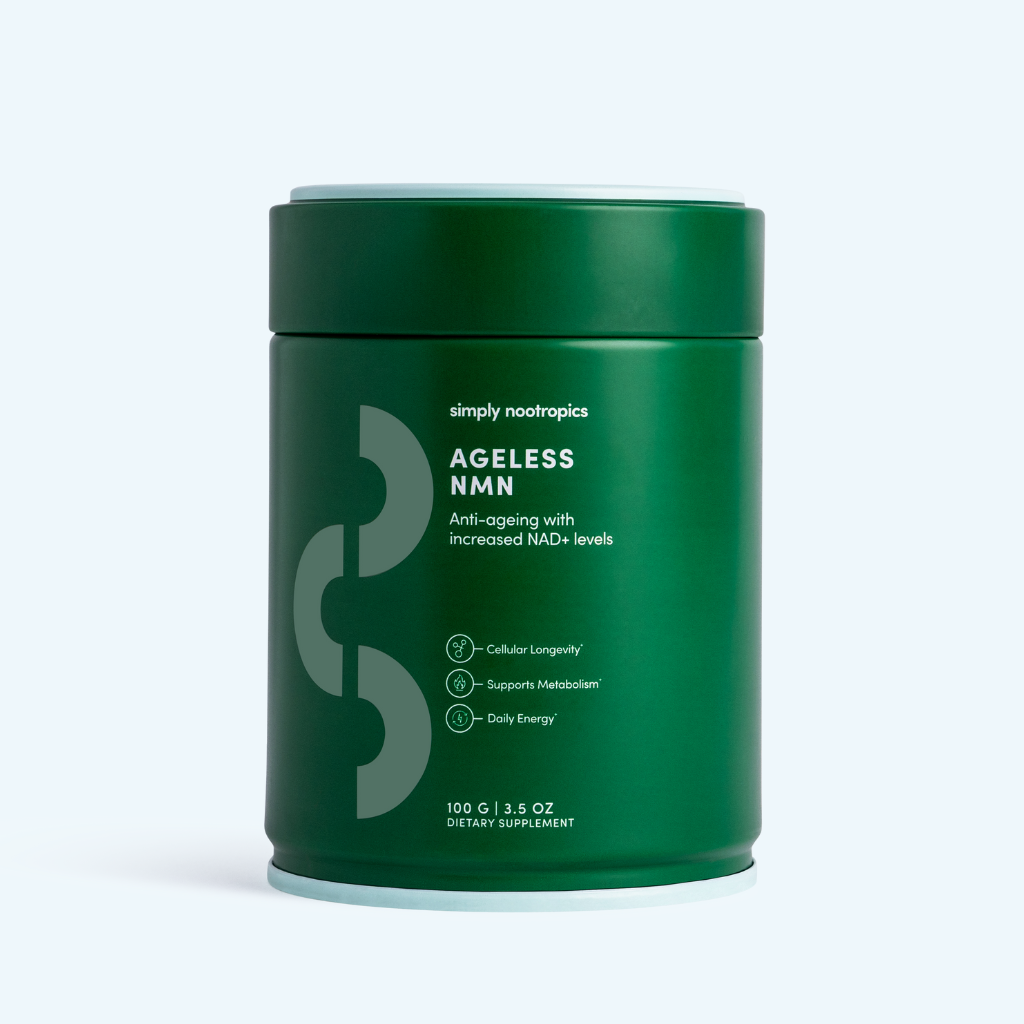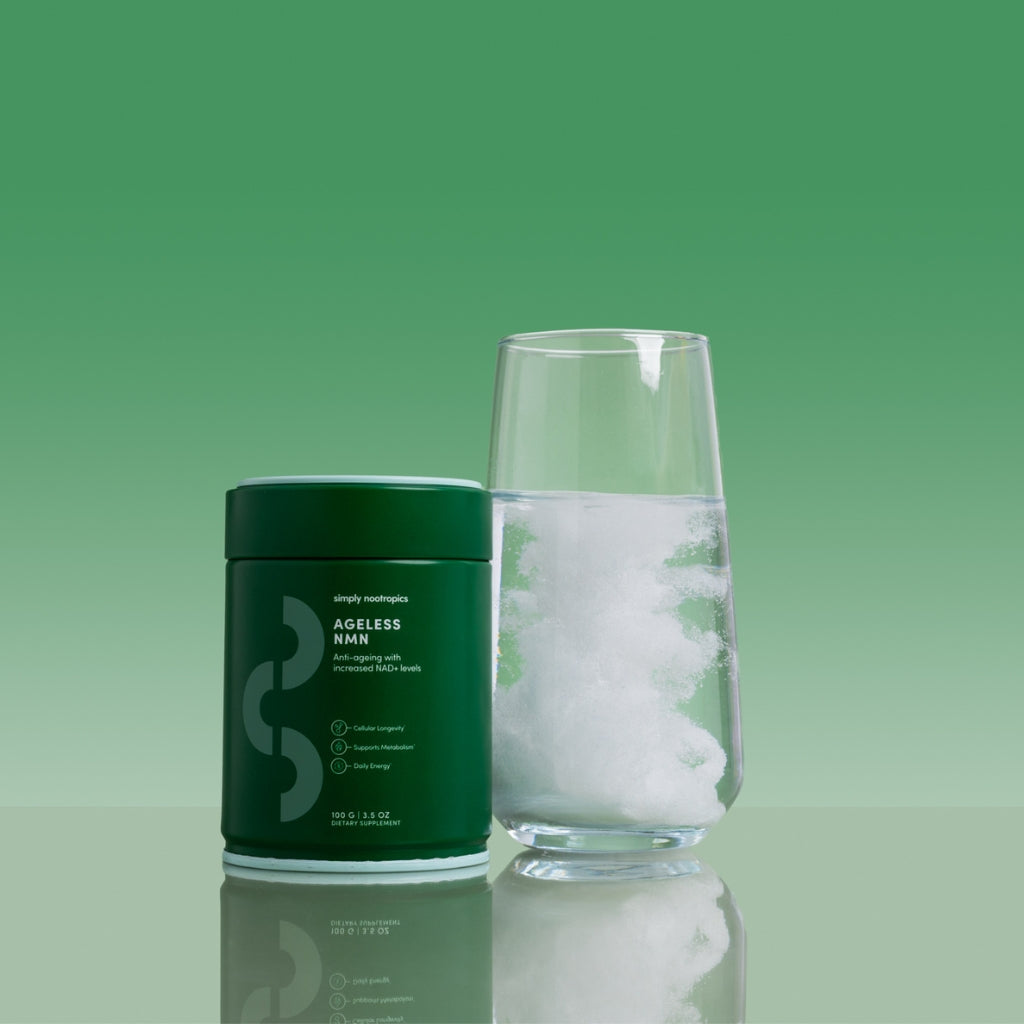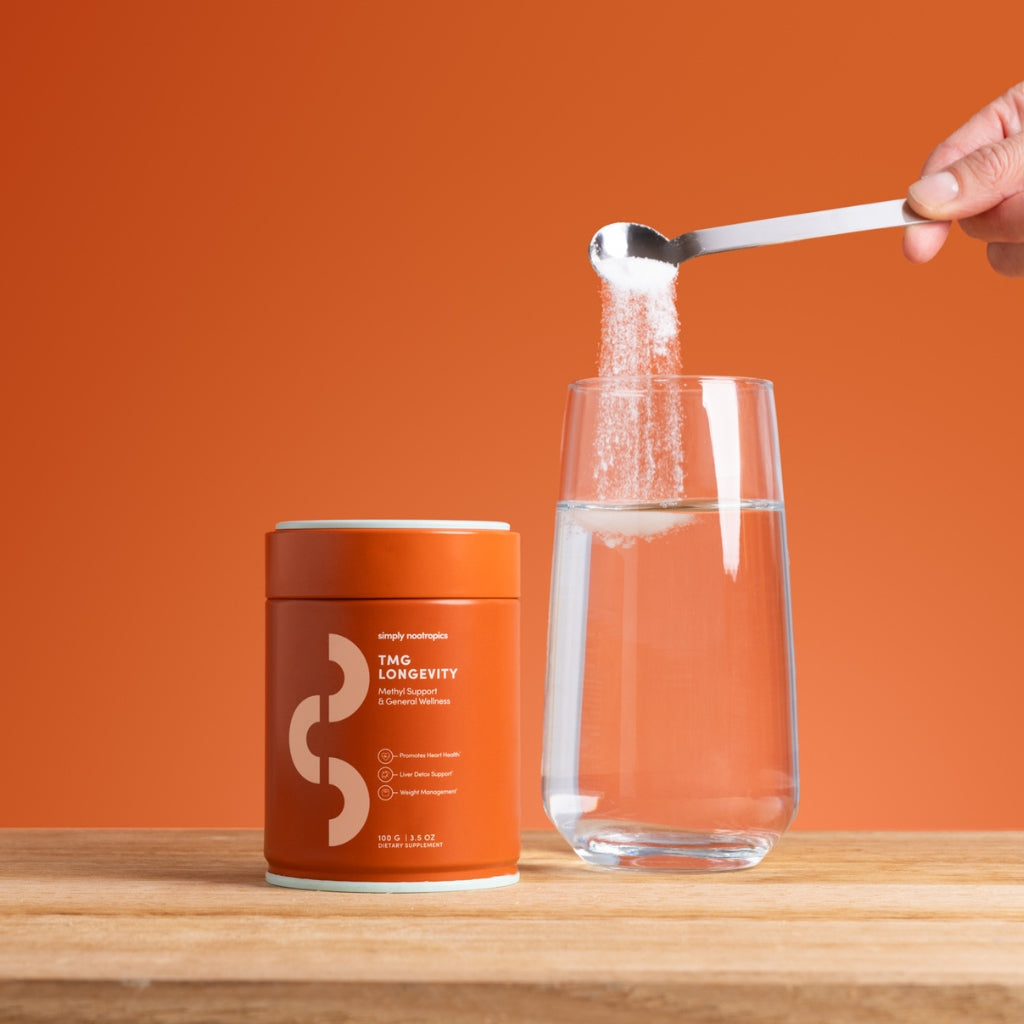We often talk about burnout like it’s a mental state, like feeling stretched too thin, struggling to focus, running on empty. But the effects of burnout don’t stop at your mood or productivity. Over time, they show up in your body too, because burnout is also physical, and it often begins where you can’t see it: in your cells.
Burnout Is More Than Being Tired
You can’t fix real burnout with a nap. This isn’t just about needing more sleep or a weekend off, it’s about what happens when the body is asked to perform without enough time, rest, or nutrients to recover.
At a certain point, your system starts rationing energy, mentally, emotionally, and metabolically. Brain fog becomes your baseline, recovery takes longer, focus slips, and stress becomes harder to shake. You’re still functioning, but never quite at full capacity.
This isn’t just in your head. It’s your biology trying to keep up.
High-Functioning Doesn’t Mean Thriving
One of the most misunderstood aspects of burnout is how well it hides, especially in high performers. You might still be getting things done, hitting deadlines, showing up for others. But inside, you're running on fumes.
This version of burnout doesn’t look like collapse. It looks like being “fine”, but chronically exhausted, emotionally blunted, and just going through the motions. Many people don’t realise they’re burnt out because they’ve adapted to that level of depletion. They don’t feel great, but it’s become normal.
That state of quiet burnout is easy to ignore, especially if you’re still functioning. But it doesn’t mean your body isn’t under strain. Often, it’s in this zone, where output is high but resources are low, that the real damage happens over time.
The Physiology of Running on Empty
Stress is meant to be temporary. When it’s constant, with tight deadlines, poor sleep, not enough recovery, your body shifts into long-term survival mode. Cortisol stays high, inflammation rises, and your nervous system becomes hyper-alert. You may feel “wired but tired,” exhausted but unable to switch off.
Your body will always prioritise survival over performance. So when there’s not enough time to repair, recover, or regulate, systems like digestion, hormone production, memory, and sleep quality can all take a hit.
That’s when burnout goes from feeling tired to feeling unwell.
What Happens When the Nervous System Can’t Slow Down
Your nervous system has two modes: sympathetic (fight, flight, alert) and parasympathetic (rest, digest, recover). You need both. The problem is when you're stuck in sympathetic mode all day, every day.
This isn’t always loud. It might show up as shallow breathing, racing thoughts, sugar cravings, irritability, or waking up at 3am with your mind spinning. It can also feel like never quite feeling rested, even if you’re doing “all the right things.”
Over time, chronic sympathetic dominance taxes your hormonal and immune systems, reduces your tolerance for stress, and interferes with your body’s ability to carry out basic maintenance and repair.
This state makes even simple tasks feel overwhelming. Your body isn’t broken, it’s doing what it’s designed to do under pressure. But it needs a signal that it’s safe to switch gears.
When Sleep Stops Feeling Restful
Sleep is the body’s built-in recovery system, but it doesn’t work properly when stress is unmanaged. You might get a full eight hours and still wake up foggy or drained, or you may fall asleep late, wake during the night, or lie in bed while your mind keeps racing.
Chronic stress can blunt melatonin production and disrupt your natural sleep cycles, making it harder to reach deep, restorative stages of sleep, the kind that supports memory, emotional regulation, and cellular repair.
You can try earlier bedtimes, blue light blockers, wind-down routines, but when your system is stuck in overdrive, those changes may not be enough on their own.
Energy Isn’t Just About Willpower
It’s easy to assume we’re low on energy because of poor motivation or bad habits. But energy is a biological function, not a mindset. At the core of every cell is the need for fuel. And when we’ve been pushing for too long, those energy systems start to slow down.
People often try to push through this with more caffeine, more to-do lists, or more intense workouts. But this usually backfires, adding more demand to a system that’s already under pressure. What’s needed instead is replenishment: time, recovery, and resources that support the body’s ability to rebuild.
Burnout Recovery Isn’t About “Fixing” Yourself
There’s no single protocol for reducing burnout. But what most recovery paths have in common is the shift away from performance and back toward regulation.
That could look like:
-
Protecting a consistent wind-down routine
-
Creating “soft landings” between tasks or meetings
-
Taking walks without a podcast
-
Swapping your 3pm coffee for water, sunlight, or stretching
-
Building meals that actually sustain energy
-
Saying no to things you’d normally power through
It’s not about doing more, it’s about doing less on purpose, and allowing your body to come back online in the way it’s meant to.
Why Cellular Energy Still Matters
Even with the right habits in place, some people still feel like they’re not recovering. That’s often because the effects of burnout aren’t only behavioural, they’re biochemical. When your cells don’t have what they need to generate energy efficiently, rest alone doesn’t cut it.
One of the core systems affected by stress and ageing is cellular energy metabolism. This is where NAD+, a molecule involved in energy production, repair, and regulation, comes in.
Burnout often hides behind busy schedules and strong performances: it’s not always dramatic. It might feel like a loss of motivation, a sense of dullness, or the creeping feeling that you’re no longer operating at your best.
You don’t have to crash to start recovering. You just have to notice when your energy is no longer matching your effort, and start giving your body what it’s been asking for.
That might start with rest. Or food. Or boundaries.
And sometimes, it starts with the quiet work of giving your cells what they need to function again.
NMN: Support When Your Baseline Feels Off
NMN (nicotinamide mononucleotide) is a compound the body uses to produce NAD+, which helps power mitochondrial function, cellular repair, and metabolic regulation.
Taking NMN isn’t like taking caffeine. It doesn’t create a spike or a “rush”; instead, it supports the body’s natural ability to produce energy where it’s needed, especially when systems are under strain.
Some people take it to support clarity or stamina throughout the day. Others use it alongside better sleep routines or recovery plans to rebuild from deeper depletion. In both cases, it’s not about pushing harder, it’s about fuelling from the foundation.
Our Ageless NMN is designed to do just that: offer clean, stimulant-free support for energy, clarity, and cellular health. Ageless NMN is third-party tested, free from unnecessary fillers, and available in both capsules and powder, so you can take it the way that fits your routine best.



